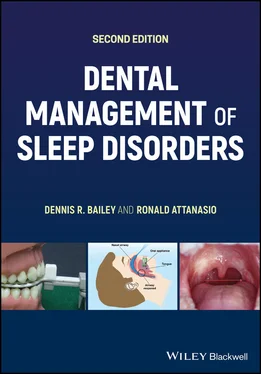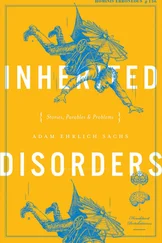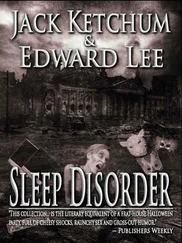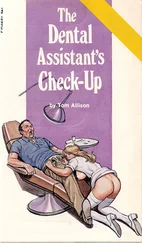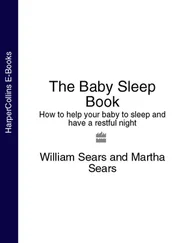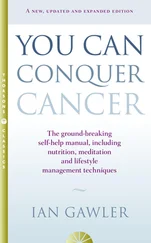Ronald Attanasio - Dental Management of Sleep Disorders
Здесь есть возможность читать онлайн «Ronald Attanasio - Dental Management of Sleep Disorders» — ознакомительный отрывок электронной книги совершенно бесплатно, а после прочтения отрывка купить полную версию. В некоторых случаях можно слушать аудио, скачать через торрент в формате fb2 и присутствует краткое содержание. Жанр: unrecognised, на английском языке. Описание произведения, (предисловие) а так же отзывы посетителей доступны на портале библиотеки ЛибКат.
- Название:Dental Management of Sleep Disorders
- Автор:
- Жанр:
- Год:неизвестен
- ISBN:нет данных
- Рейтинг книги:3 / 5. Голосов: 1
-
Избранное:Добавить в избранное
- Отзывы:
-
Ваша оценка:
- 60
- 1
- 2
- 3
- 4
- 5
Dental Management of Sleep Disorders: краткое содержание, описание и аннотация
Предлагаем к чтению аннотацию, описание, краткое содержание или предисловие (зависит от того, что написал сам автор книги «Dental Management of Sleep Disorders»). Если вы не нашли необходимую информацию о книге — напишите в комментариях, мы постараемся отыскать её.
Dental Management of Sleep Disorders
Dental Management of Sleep Disorders, Second Edition
Dental Management of Sleep Disorders — читать онлайн ознакомительный отрывок
Ниже представлен текст книги, разбитый по страницам. Система сохранения места последней прочитанной страницы, позволяет с удобством читать онлайн бесплатно книгу «Dental Management of Sleep Disorders», без необходимости каждый раз заново искать на чём Вы остановились. Поставьте закладку, и сможете в любой момент перейти на страницу, на которой закончили чтение.
Интервал:
Закладка:
The number of hours of sleep that is considered to be optimal varies with age. This has been reported by various professional organizations along with the National Sleep Foundation (NSF) [18]. Infants and young children require more as compared to teenagers, who require slightly more than adults ( Table 2.1).
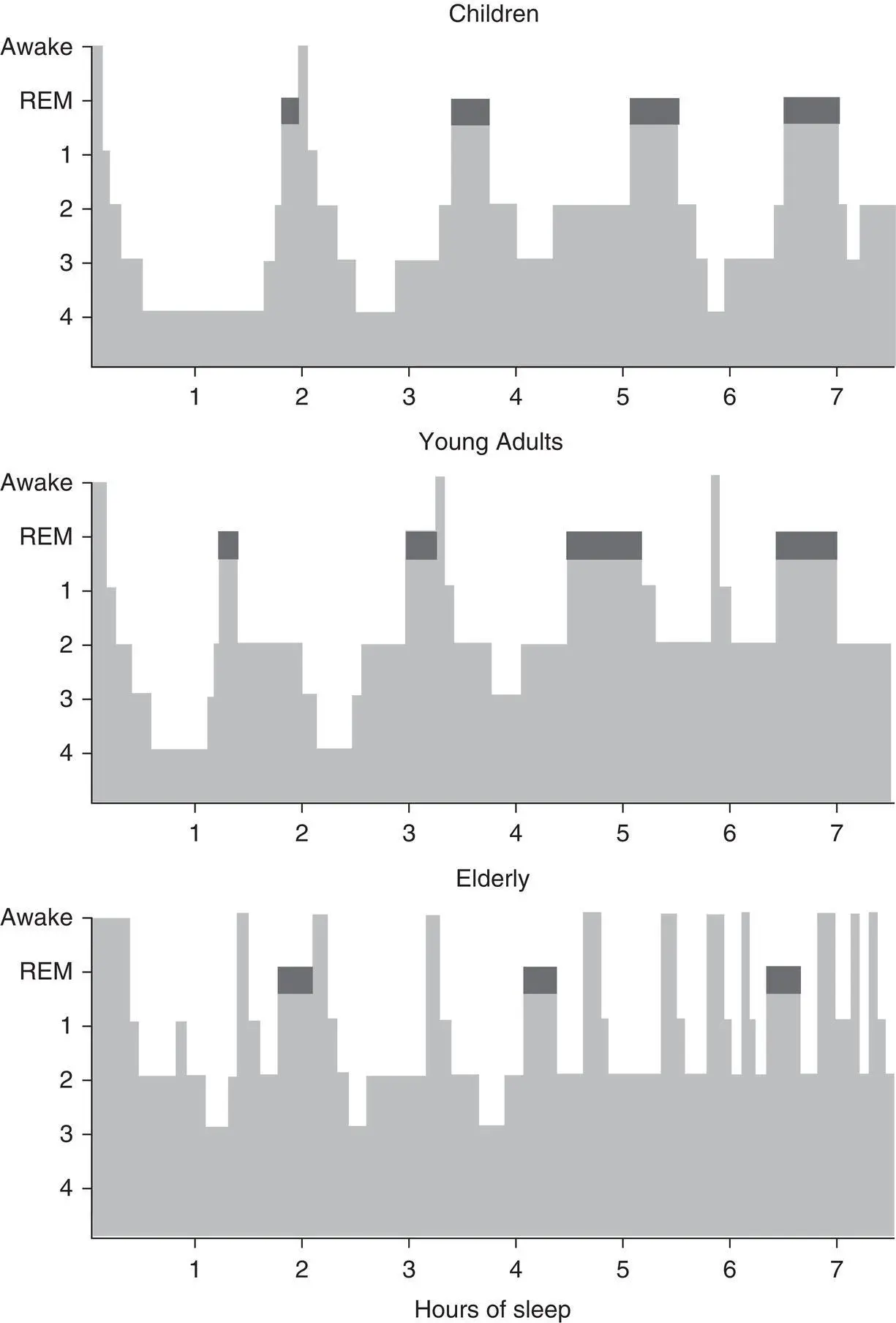
Figure 2.2 Sleep architecture/histogram over the ages.
Neurobiology of Sleep
Sleep and wakefulness are basically driven by the brain, including the brainstem, and is based on a very complex series of ongoing events governed by EEG changes and activity as well as a variety of neurotransmitters. Curiosity about sleep dates back to the Greeks, into the Middle Ages and the Renaissance. Lucretius, a poet and philosopher, proposed that sleep was “the absence of wakefulness” [19]. In the last 100 years, science has attempted to better define and understand sleep. In 1917, Constantin von Economo described a condition termed encephalitis lethargica that was associated with an epidemic of influenza from 1916 to 1928 [20]. Those impacted suffered from insomnia or hypersomnia during the acute phase of the illness. It was determined that the hypothalamus sustained injury and those with insomnia had lesions in the anterior part and those with hypersomnia had lesions in the posterior part. This led to the recognition of the hypothalamus as the center involved with sleep.

Figure 2.3 Sleep over the decades.
Table 2.1 Recommended hours of sleep by age.
Source : Adapted from Hirshkowitz et al. [18].
| Age | Hours of sleep needed |
|---|---|
| 4–11 months | 12–15 |
| 1–2 years | 11–14 |
| 3–5 years | 10–13 |
| 6–13 years | 9–11 |
| 14–17 years (teens) | 8–10 |
| 18–25 years | 7–9 |
| 26–64 years | 7–9 |
| 65+ years (older adults) | 7–8 |
In 1928, Hans Berger used surface EEG and found that this activity was different for sleep compared to the conscious state [21]. Continuous research and investigation into the mysteries of sleep is ongoing. In the 1950s significant discoveries occurred at the University of Chicago, first in 1953 with the discovery of REM sleep by Asernisky and Kleitman and a few years later Dement and Kleitman described REM and NREM cycling.
At this time humans exist in either a state of wakefulness, in REM sleep, or in NREM sleep. As Dr. Lee‐Chiong has proposed: “Perhaps waking, REM sleep, and NREM sleep are merely electroencephalographic representations of existence” [22]. Understanding the primary neuronal areas of the brain that control the sleep and wake state are ( Figure 2.4):
Hypothalamus: Key area of neurons in the brain that is involved with mainly regulating sleep and to some degree wakefulness
Suprachiasmatic nucleus (SCN): Considered as the pacemaker for the CR, for body temperature regulation, hormonal release, and behavioral control. Receives input from the light–dark cycle and influences the hypothalamus.
Brainstem – ascending reticular activating system (ARAS): This is the neuromodulating system for wakefulness. Within this area is the locus coeruleus (LC).
The eye–retinohypothalamic tract: Presence of light through the eye via the retina and the optic nerve influences the SCN, hypothalamus, and the pineal gland.
Pineal gland: The source of melatonin that is a modulator for sleep based on the light–dark cycle.
There are many other neuronal areas in the brain that release the various neurotransmitters that may be reviewed and studied in the references cited.
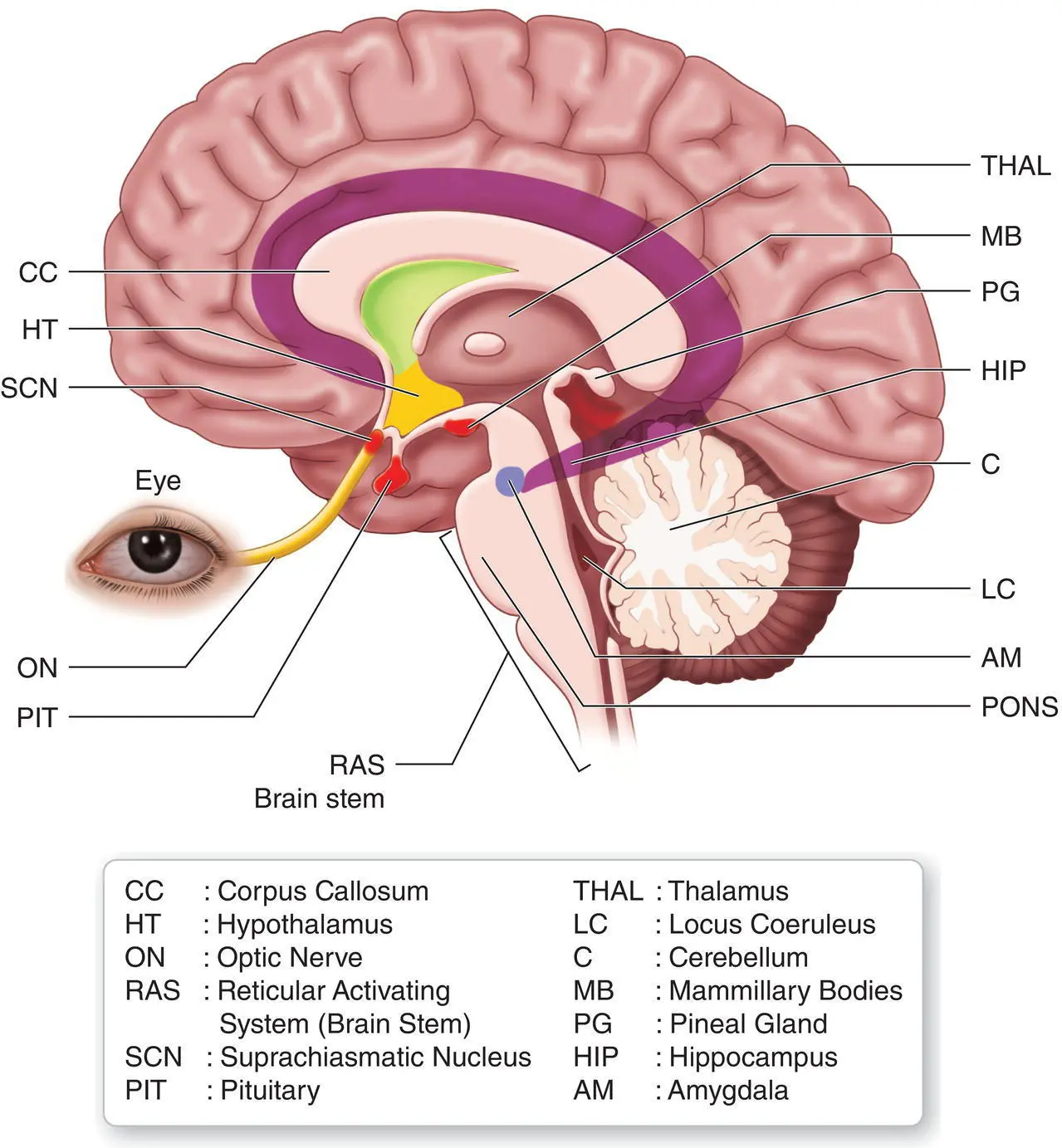
Figure 2.4 The brain. CC, corpus callosum; HT, hypothalamus; ON, optic nerve; RAS, reticular activating system (brain stem); SCN, suprachiasmatic nucleus; PIT, pituitary; THAL, thalamus; LC, locus coeruleus; C, cerebellum; MB, mammillary bodies; PG, pineal gland; HIP, hippocampus; AM, amygdala.
Table 2.2 Neurotransmitters of sleep and wake.
| Wake alerting | Sleep promoting |
|---|---|
| Histamine | Adenosine |
| Acetylcholine | GABA |
| Dopamine | Glycine |
| Glutamate | Melatonin |
| Hypocretin (orexin) | (A hormone) |
| Norepinephrine | Serotonin (5HT) |
| Serotonin (5HT) |
Neurotransmitters of Wakefulness and Sleep
The role of neurotransmitters in both the sleep as well as the wake state is a complex topic that is becoming better understood and recognized. A specific set of neurotransmitters play a role in either the sleep or the wake state. Accordingly, sleep is no longer viewed as an alternative to being awake but is actually an active neurobehavioral state that is governed by the central nervous system. No one substance acts alone. A complex interaction of these is responsible to maintain the states of wakefulness and sleep. Based on a variety of detailed references, the significant aspects of the neurotransmitters are reviewed [5, 23–26] ( Table 2.2).
Neurotransmitters of Arousal/Wakefulness
There are five primary or main neurotransmitters of arousal or wakefulness. They are: histamine (HA), dopamine (DA), acetylcholine (ACH), serotonin (5HT), and norepinephrine (NE). The neurotransmitters of interest here are the biogenic amines also known as monoamines [27]. Their function is also involved with arousals, mood and emotion, reward systems, and memory. These are further broken down into three subgroups: (i) the catecholamines, specifically dopamine (DA) and norepinephrine (NE); (ii) serotonin (5HT); and (iii) histamine (HA). The monoamines DA, NE, and 5HT, along with ACH, have their origin in the brainstem whereas HA originates from the hypothalamus.
Dopamine (DA)
Maintains wakefulness and can impact behavior, although its true role remains unclear. A reduction or deficiency in DA is oftentimes associated with movement disorders, such as sleep bruxism. DA levels are higher in the wake state and lower during sleep, especially NREM [28]. DA may be more impactful with increased levels of motivation and activity. At elevated levels DA appears to be involved with memory and learning [29], especially being involved with the association of various learned facts.
Norepinephrine (NE)
NE, also known as noradrenalin, maintains EEG activity, has reduced activity during NREM sleep, and has near complete loss of activity during REM. NE is most active in the wake state, is released by the LC, and is associated with an increase related to attention and activity that impacts the sympathetic nervous system [30]. NE may have an effect on orexin as it relates to arousal [23].
Serotonin (5HT)
5HT was initially known to be involved with sleep. At this time, it is known to modulate the sleep and the wake state, as well as the CR. This is associated with the area in the brain and the specific receptors that are impacted [31]. It is well known for a wide variety of functions associated with mood, depression, pain, and of course sleep. It is found to be excitatory and can impact the wake state. 5HT is most active during the wake state, less active in NREM, and has a low level of activity during REM [23].
Читать дальшеИнтервал:
Закладка:
Похожие книги на «Dental Management of Sleep Disorders»
Представляем Вашему вниманию похожие книги на «Dental Management of Sleep Disorders» списком для выбора. Мы отобрали схожую по названию и смыслу литературу в надежде предоставить читателям больше вариантов отыскать новые, интересные, ещё непрочитанные произведения.
Обсуждение, отзывы о книге «Dental Management of Sleep Disorders» и просто собственные мнения читателей. Оставьте ваши комментарии, напишите, что Вы думаете о произведении, его смысле или главных героях. Укажите что конкретно понравилось, а что нет, и почему Вы так считаете.
